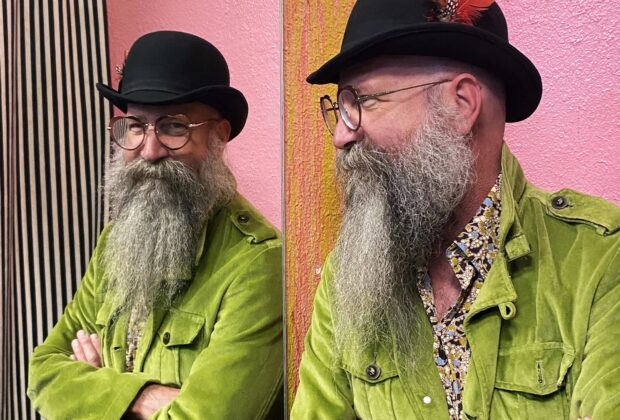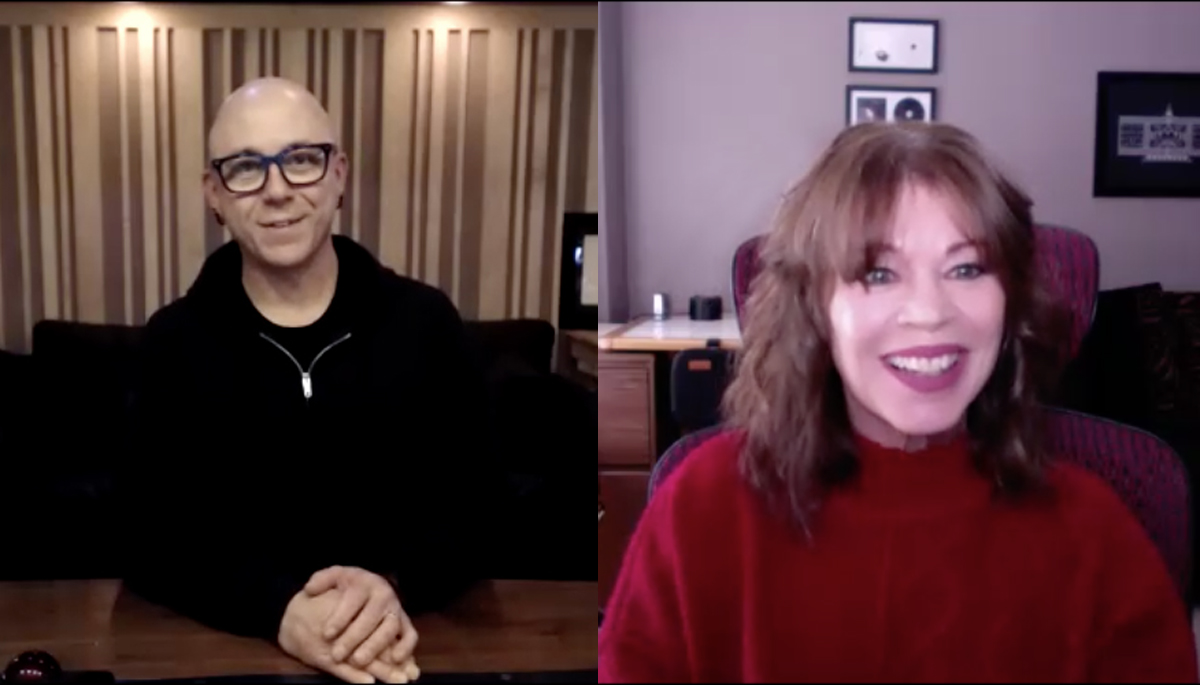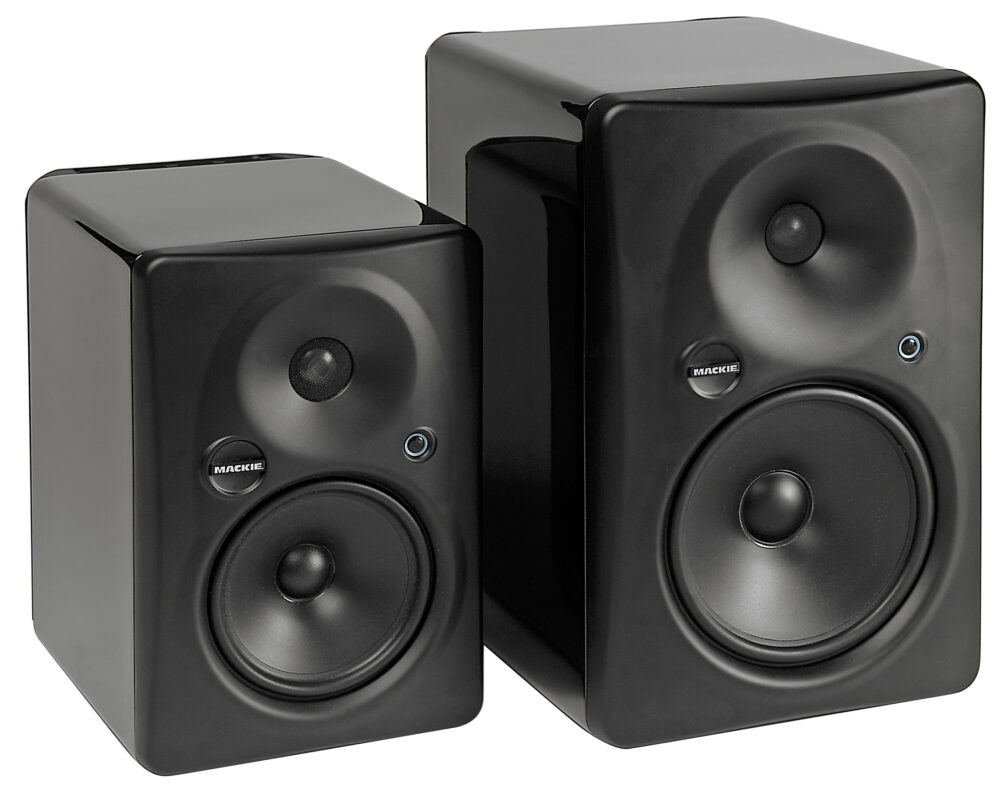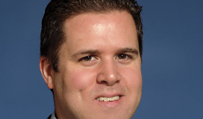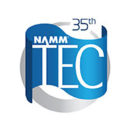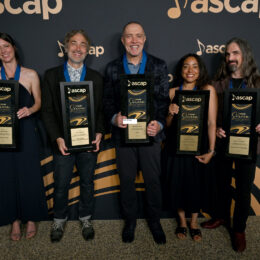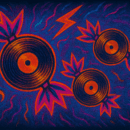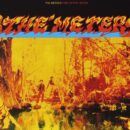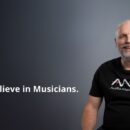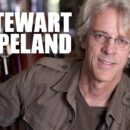Outer Marker Records launched in 2023 with the aim of servicing artists overlooked by other labels for any number of reasons: market forces, a label’s business direction or just good-old-fashioned risk aversion. Dedicated to artists and audio excellence, the label was formed by gear-makers George and Geoff Hazelrigg partnered with Doug Fearn. All three have backgrounds in audio, engineering and the industry in general. Moreover, they all nurture a love of music recorded under the best possible conditions. Music Connection shares some insights in our Q&A with Eric Larsen, an industry vet who aided in the initial kickoff and ongoing operation of the label.
Music Connection: When was Outer Marker started?
Eric Larsen/Outer Marker Records: May of 2023. It’s a very boutique label that’s dedicated to artist development and delivering content at the absolute highest quality possible.
MC: Whose idea was it and how did it come to be where it is now?
Larsen: The label was founded by Doug Fearn of D. W. Fearn together with George and Geoff Hazelrigg of Hazelrigg Industries. The three have built extremely high-end tube gear for recording studios for some years. They all come from studio backgrounds and we wanted to be sure that we had an outlet where we could create an entire [music] ecosystem.
MC: How do you identify artists to sign?
Larsen: Initially we worked with artists we knew. The first on our roster was the Hazelrigg Brothers, a fantastic jazz trio. They had a recording they’d done some time ago and we felt that it would be the ideal debut for this label. It’s a complete song-by-song jazz interpretation of the Police’s Synchronicity titled Synchronicity: An Interpretation of the album by the Police. Other artists we plan to work with include an accomplished solo pianist and a two-piece punk band, which will be a live album. Basically, anything that we think is cool, amazing and deserves to be heard will land on this label.
MC: Other than the type of artists that Outer Marker chooses, in what ways is it different from major labels?
Larsen: Fundamentally, it harkens back to the way things were decades ago: we make the records in our studio with gear that we build. One of the things we’re looking to do is ensure that we control the quality of the product, that the productions are exactly the way we want them and that records go out at their utmost highest quality, either as DSD [Direct Stream Digital] downloads, CDs or audiophile-grade vinyl.
MC: Why are your artists overlooked by other labels?
Larsen: The major labels aren’t looking for a two-piece punk band right now. And I don’t know if the world is clamoring specifically for a phenomenal classical pianist to be burning up TikTok. These groups all deserve a place in the market but they’re outside of the larger categories put together by the majors.
MC: In what ways does the label emphasize audio?
Larsen: Our commitment to audio excellence began way back when Doug Fearn started D. W. Fearn. He was building a studio, bought some gear and realized that it didn’t sound good to his ear. So he took advantage of his background in electronics and designed his all-tube preamp. George and Geoff Hazelrigg did the same thing. They were unimpressed by gear that they could buy until they heard D. W. Fearn’s stuff. They started Hazelrigg Industries based on some Fearn designs and repackaged them to make the products more affordable or flexible. With that in mind, we felt that the modern recording techniques brought about albums that were fun to listen to but didn’t feel good. A lot of that comes down to our belief that DSD will provide a better listening experience than you’ll get with some PCM [pulse-code modulation] recordings.
MC: Since the label is so audio-conscious, do you select from a small pool of recording engineers?
Larsen: We are very picky. These records are produced and engineered by George, Geoff and Doug. Right now one-hundred percent of the productions happen in-house. We may recruit outside producers and/or engineers at a later point.
MC: Do you issue physical records or will there simply be digital releases?
Larsen: We release in a number of formats and it depends on the record and the artist. Some will come out only as a DSD download, some will come out as DSD with the ability to stream and others will come out on CD or vinyl.
MC: How do you distribute vinyl and CD releases?
Larsen: Through the Outer Marker site as well as other channels that we’re exploring. We work with the folks at Studio 4: Phil Nicolo and Obie O’Brien’s studio in Pennsylvania. We’re collaborating on a new mastering process using D. W. Fearn products. We’ll also master for vinyl that they’ll press at their plant.
MC: What’s the label’s revenue split with artists? Is it more favorable than major label splits?
Larsen: We try to ensure that our artists get a fair shake. For example, the Hazelrigg Brothers record will come out on vinyl. Those costs need to be paid up front but then the profits will be split 50-50. There are no advances or dollars that change hands. We also don’t have long-term contracts with artists. It’s album-by-album.
MC: What do you see as the future for labels, both indie and major?
Larsen: A lot more records are coming out as complete works and not simply an endless array of singles. I like the idea of artists making things that are more far-reaching in scope and that there are more independent [labels] popping up that allow artists to do what they do as opposed to what the market insists they do to sell records. Major labels have changed and evolved since their inception so I never try to predict what they’ll do. They’ll keep doing what makes them successful in their business.
Contact outermarkerrecords.com

